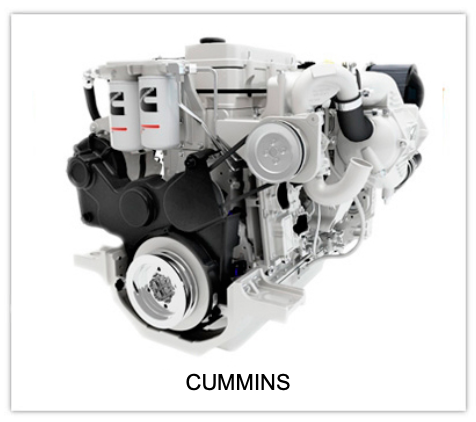
Introduction: Overview of Common Cummins Engine Starting Issues
Cummins engines are some of the most reliable and durable engines on the market. However, like any engine, they can suffer from various starting issues. Some of the most common Cummins engine starting problems include fuel delivery issues, faulty wiring, and worn out parts. In this guide, we will discuss these and other common Cummins engine starting issues and how to troubleshoot and fix them.
Step-by-Step Guide to Diagnosing & Fixing Your Cummins Engine Starting Problems
Step 1: Diagnose the Electrical System
The first step in diagnosing and fixing a Cummins engine that won’t start is to diagnose the electrical system. Make sure all of the batteries are charged and that all of the electrical connections are clean and secure. Check fuses, relays, wiring, and any other components in the starting system. If any issues are found, make the necessary repairs to get the system working correctly.
Step 2: Check the Fuel System
The next step in diagnosing and fixing a Cummins engine that won’t start is to check the fuel system. Start by making sure that all of the fuel lines are secure and not cracked or broken. Drain any excess water from the tank and make sure that it is level with no leaks or holes in it. Then, pump as much fuel through the lines as possible to clear out any sediment buildup. Finally, check for any leaks around connections, filters, hoses, etc. If you find a leak or other issue with your fuel system, fix it .
Step 3: Check the Battery
The next step in diagnosing and fixing a Cummins engine that won’t start is to check the battery. Make sure that you are able to connect your multimeter across the terminals of your battery and that it shows a reading. Next, check for any signs of water damage on or around the battery. If there isn’t any visible evidence of water damage, try connecting your multimeter across one side of the terminals to see if it will show a reading there as well. If not, replace this side with a new battery.
Common Causes of Cummins Engine Starting Issues and How to Prevent Them
Cummins engines are known for their durability, but the starting issues can be a major issue for diesel-powered vehicles. Knowing the common causes of Cummins engine starting issues can help you take preventive measures to keep your engine running smoothly. This article will discuss the most common causes of Cummins engine starting issues and provide tips to help you prevent them.
The most frequent causes of Cummins engine starting issues can be broken down into two categories: fuel and electrical. Fuel-related issues are more likely to cause starting problems, but this does not mean that diesel fuel is the only issue. As a general rule, the most common causes of Cummins engine starting issues are related to electrical systems in some way. The issues and their causes are as follows.
Fuel-related issues:
– Low fuel levels
– Fuel lines that have become clogged with debris like dirt or sediment.
– Faulty fuel pump (due to severe damage, clogging, or an incorrect style)
Electrical-related issues:
– Faulty electrical starter motor (due to severe damage, clogging, or an incorrect style)
– Faulty ignition switch (due to corrosion/water intrusion)
In conclusion, starting issues with your Cummins engine can be frustrating and time-consuming to diagnose and fix. However, following the step-by-step guide outlined in this article can help you identify and address the common causes of starting problems, such as fuel delivery issues and faulty wiring. Regular maintenance and preventative measures can also help you avoid these issues in the future, keeping your engine running smoothly for years to come. By staying on top of maintenance and troubleshooting any issues as they arise, you can ensure that your Cummins engine remains reliable and efficient for all of your diesel-powered needs.



 Free US Calls: 1-888-433-4735
Free US Calls: 1-888-433-4735 International: 305-545-5588
International: 305-545-5588